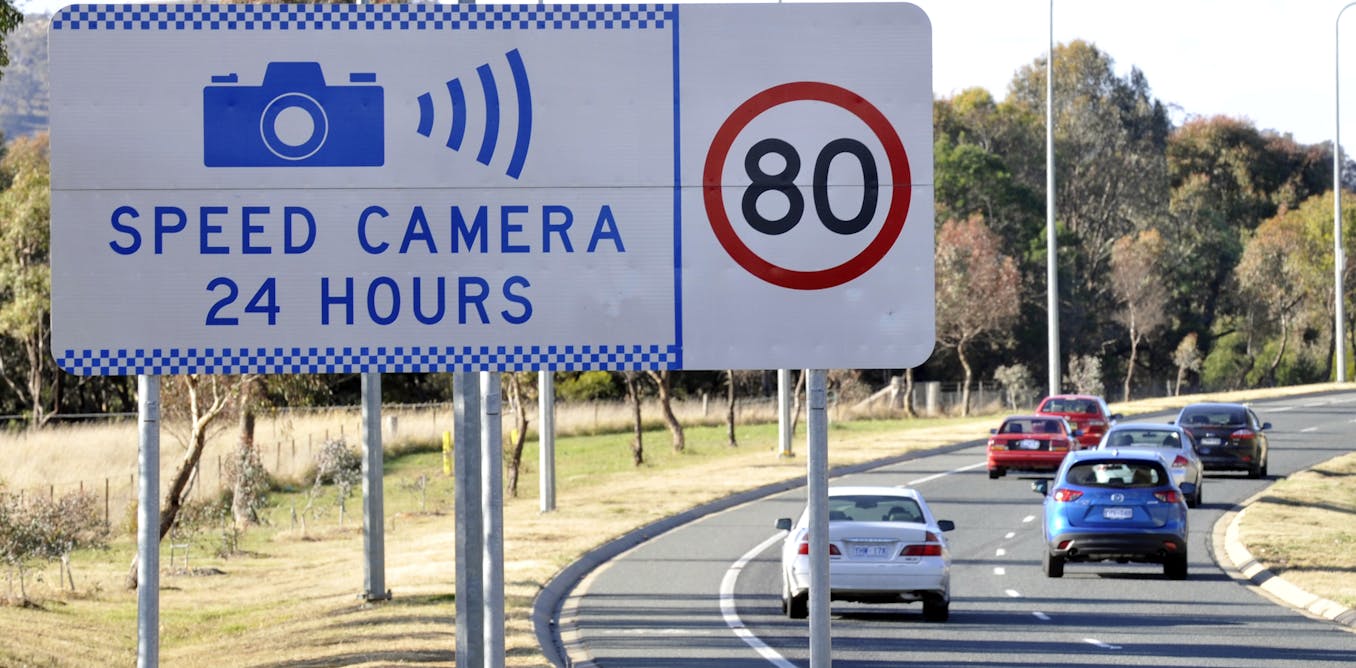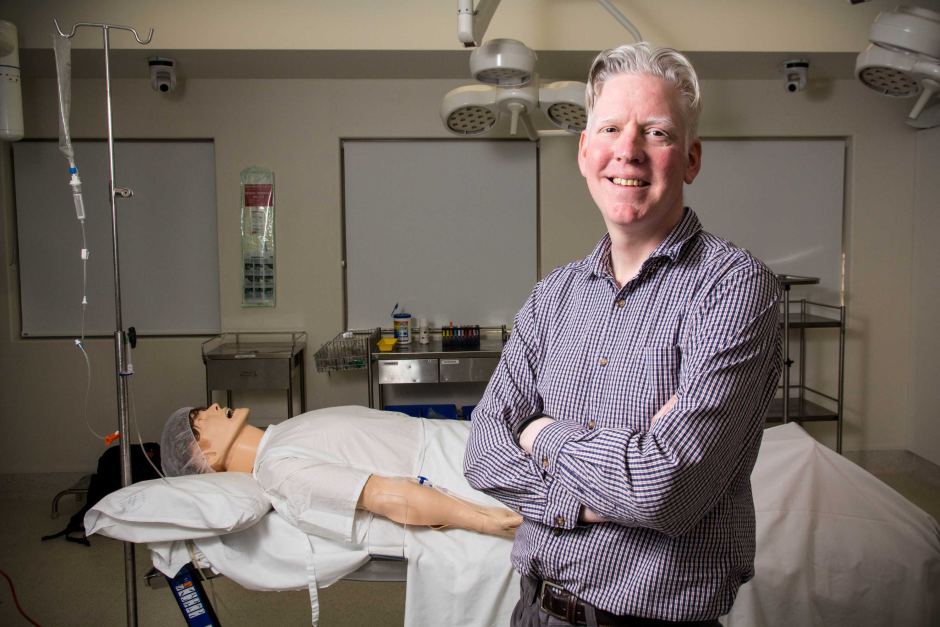This is a rather sobering infographic on road fatalities in Australia. This is a complex problem so using simple, reductionist solutions won’t work. Instead we need to use a systems thinking approach. This quote sums it up pretty well:
“We know in road safety that focusing on individual behaviour is not helpful … You actually have to change the system so that when people make mistakes they’re not penalised by dying.”
These are the deadliest times for traffic collisions
These are the deadliest times for traffic collisions

New figures reveal the most dangerous times to be on the road for young drivers, cyclists, pedestrians and other road users.
Source: www.abc.net.au/news/2018-01-25/every-road-death-in-australia-since-1989/9353794?pfmredir=sm






